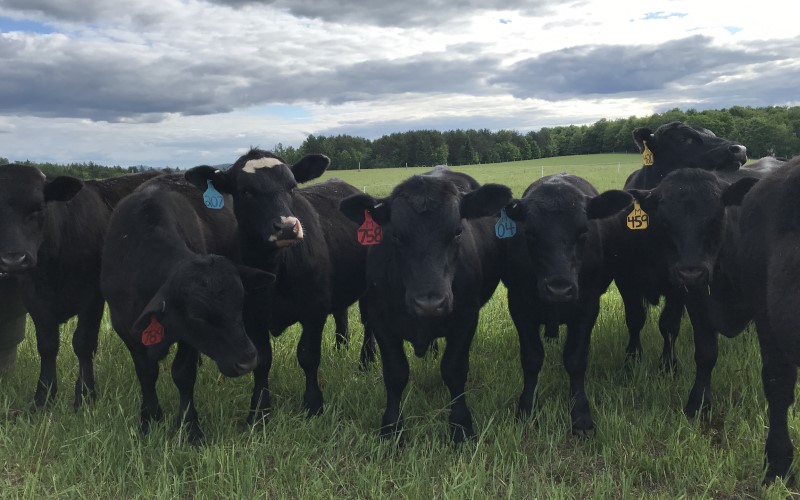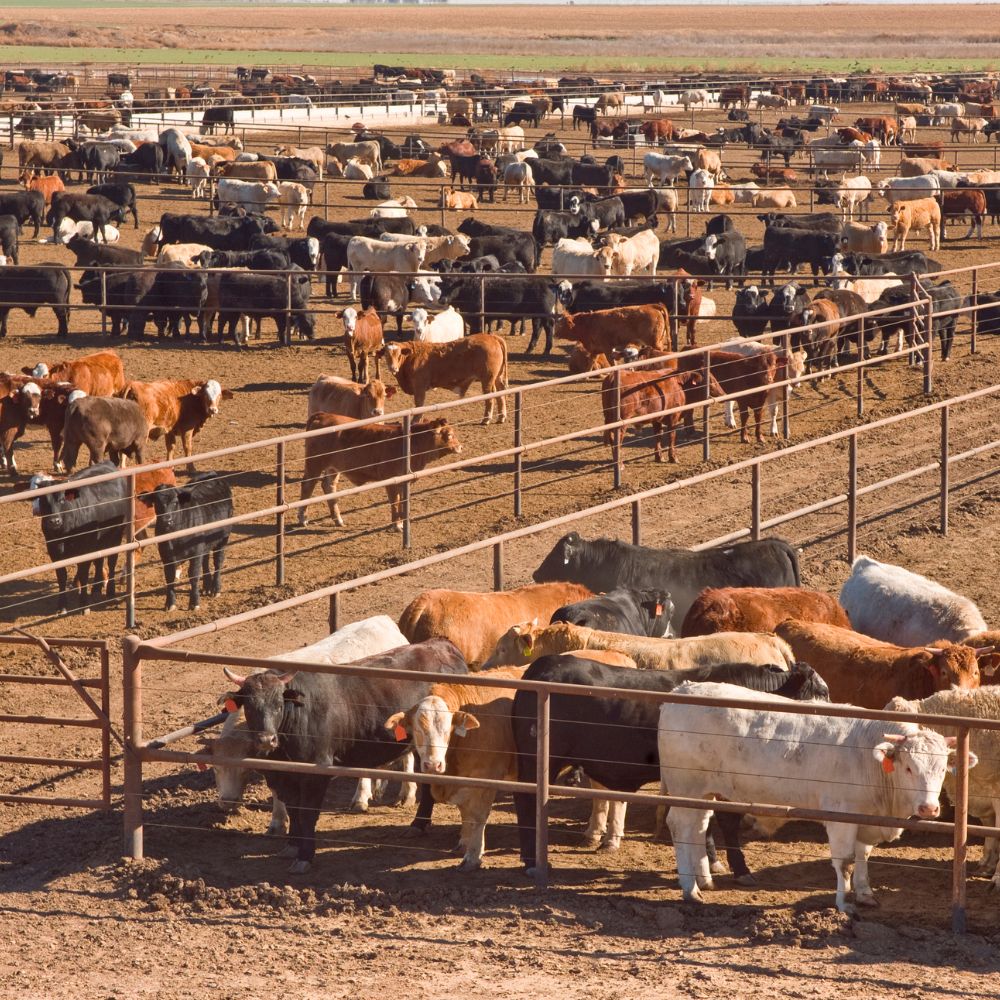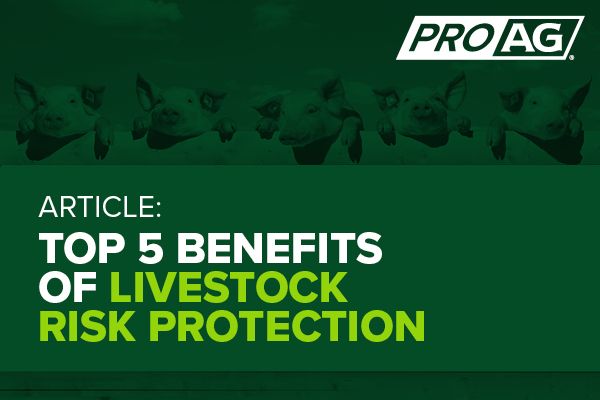Unlocking Growth Possible: Bagley Risk Management Approaches
Unlocking Growth Possible: Bagley Risk Management Approaches
Blog Article
Understanding Livestock Risk Defense (LRP) Insurance: A Comprehensive Overview
Navigating the world of animals risk defense (LRP) insurance can be a complicated undertaking for lots of in the farming sector. This kind of insurance coverage supplies a security internet versus market fluctuations and unforeseen circumstances that could influence animals producers. By recognizing the ins and outs of LRP insurance policy, manufacturers can make educated decisions that might secure their procedures from financial dangers. From exactly how LRP insurance policy functions to the different coverage choices readily available, there is much to uncover in this comprehensive overview that can potentially shape the method animals producers come close to threat monitoring in their companies.

Just How LRP Insurance Functions
Periodically, recognizing the mechanics of Livestock Danger Security (LRP) insurance policy can be complex, however breaking down exactly how it functions can provide quality for ranchers and farmers. LRP insurance is a risk management device designed to protect animals producers versus unanticipated price declines. It's important to keep in mind that LRP insurance policy is not a profits guarantee; rather, it concentrates solely on price danger defense.
Qualification and Protection Options
When it comes to coverage choices, LRP insurance provides manufacturers the versatility to pick the protection level, insurance coverage duration, and endorsements that best suit their danger administration requirements. By comprehending the eligibility requirements and coverage alternatives readily available, livestock manufacturers can make enlightened choices to take care of risk properly.
Advantages And Disadvantages of LRP Insurance Policy
When examining Livestock Threat Defense (LRP) insurance policy, it is important for livestock manufacturers to evaluate the advantages and drawbacks intrinsic in this danger management tool.

Among the key benefits of LRP insurance is its capacity to supply defense versus a decline in animals rates. This can help secure manufacturers from monetary losses arising from market variations. Additionally, LRP insurance coverage provides a level of flexibility, allowing manufacturers to personalize coverage degrees and policy durations to fit their certain demands. By securing a guaranteed price for their livestock, manufacturers can much better manage danger and prepare for the future.
One restriction of LRP insurance coverage is that it does not protect versus all kinds of risks, such as disease outbreaks or natural calamities. It is critical for producers to meticulously assess their specific threat exposure and monetary scenario to identify if LRP insurance policy is the ideal threat monitoring tool for their procedure.
Comprehending LRP Insurance Coverage Premiums

Tips for Optimizing LRP Perks
Making the most of the advantages of Animals Danger Protection (LRP) insurance requires calculated planning and aggressive threat monitoring - Bagley Risk Management. To make the most of your LRP coverage, consider the adhering to suggestions:
Frequently Evaluate Market Problems: Stay educated regarding market fads and price fluctuations in the livestock industry. By checking these variables, you can make educated choices about when to purchase LRP insurance coverage to shield against possible losses.
Establish Realistic Coverage Levels: When picking coverage levels, consider your manufacturing costs, market worth of animals, and potential risks - Bagley Risk Management. Setting sensible coverage degrees makes certain that you are effectively safeguarded without overpaying for unneeded insurance policy
Expand Your Insurance Coverage: Rather than counting solely on LRP insurance, consider expanding your risk administration approaches. Integrating LRP with other threat management devices such as futures agreements or options can give thorough protection against market unpredictabilities.
Testimonial and Change Protection Frequently: As market conditions change, occasionally examine your LRP coverage to ensure it lines up with your existing risk direct exposure. Adjusting insurance coverage levels and timing of purchases can assist enhance your danger security strategy. By following these ideas, you can take full advantage of the advantages of LRP insurance coverage and guard your animals procedure against unexpected dangers.
Final Thought
Finally, livestock risk protection (LRP) insurance is a valuable device for farmers to manage the monetary dangers connected with their animals operations. By understanding how LRP functions, eligibility and coverage choices, along with the benefits and drawbacks of this insurance coverage, farmers can make informed decisions to shield their incomes. By thoroughly thinking about LRP premiums and carrying out strategies to make useful site the most of benefits, farmers can reduce prospective losses and make certain the sustainability of their operations.
Animals manufacturers interested in getting Livestock Risk Security (LRP) insurance can explore a variety of qualification criteria and insurance coverage choices customized to their certain animals operations.When it comes to insurance coverage options, LRP insurance provides manufacturers the versatility to choose the coverage level, coverage period, and endorsements that best fit their threat monitoring requirements.To comprehend the intricacies of Livestock Risk Defense (LRP) insurance coverage fully, understanding the aspects influencing LRP insurance policy costs is essential. LRP insurance premiums are determined by different elements, consisting of the coverage degree picked, the expected cost of livestock at the end of the insurance coverage duration, the kind of livestock being insured, and the size of the insurance coverage period.Testimonial and Change Insurance Coverage Consistently: As market conditions alter, periodically review your LRP coverage to guarantee it straightens with your current threat exposure.
Report this page